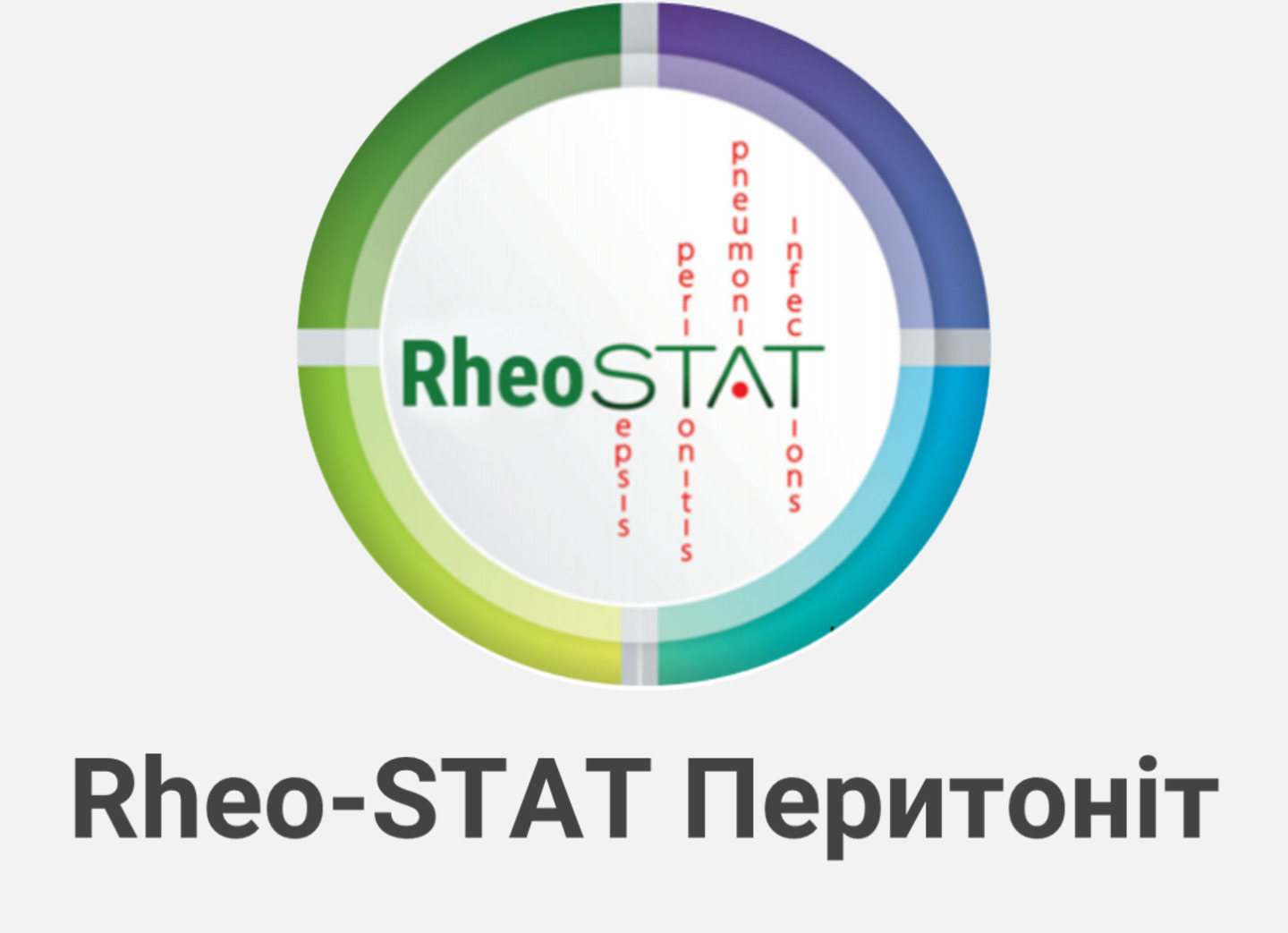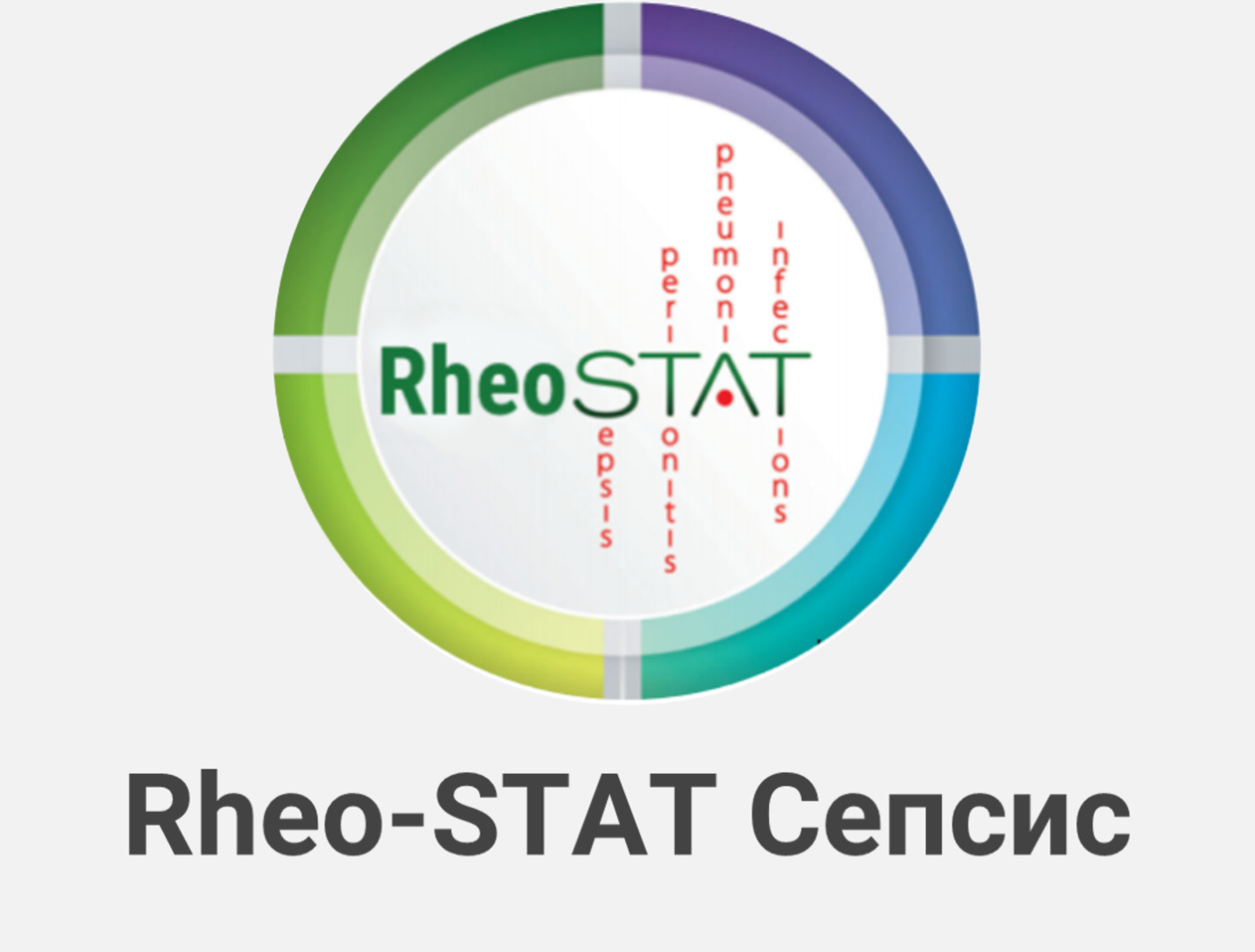Development of anti-influenza agents: experience, findings, perspectives
Director of the Ukrainian I.I. Mechnikov Anti-Plague Research Institute, PhD (Medicine)
WHO recommends each country to create the necessary reserve of therapeutic chemical agents to be used for prophylaxis and treatment in situations of a sharp increase in influenza patients among the population. Practical measures should be aimed at reducing the disease incidence and mortality rates, as well as minimizing social disorganization. Developing active therapeutic chemical agents against influenza and their implementation schemes remains an urgent and promising task.
Though the last decades have seen the saturation of the pharmaceutical market with dozens of new antiviral agents, the question of prophylaxis and treatment of the most widely spread viral infections is far from being solved. It is common knowledge that the development of new pharmacological substances is rather a time consuming and financially burdensome way of creating medicines. Within the framework of pharmacoeconomics – a new branch of modern pharmacy that compares the efficacy, safety and costs of medicinal products under various medical treatment schemes – the most promising and cost-effective strategy is to uncover antiviral properties of the drugs that are already commercially manufactured (though intended for different medical uses), their activity and side effects being well-known due to their long-term use. Besides, this approach allows to extend the indications for using the existing medicinal products.
The Laboratory of immunobiological and therapeutic chemical agents of the Ukrainian I.I. Mechnikov Anti-Plague Research Institute of the Ministry of Health of Ukraine (UAPRI) has been conducting continuous research focused on influenza for many years. Numerous studies in this field are carried out in cooperation with colleagues from other institutes, which has enabled us to obtain practically applicable and fundamental results, including those regarded as top priorities.
It has been established that the interaction between influenza virus and cell membranes with high sensitivity results in increased proteolysis that leads to cleavage of influenza virus hemagglutinin. This facilitates its entry into the cell and stimulates viral deproteinisation and subsequent replication. Proteolytic activation of influenza viruses can localize not only at a subcellular level, in cells or individual organs (lungs), but also affect the entire body (blood). Proteolysis inhibitors (PIs), in particular, epsilon-aminocaproic acid (EACA), block proteolysis activation and the viruses’ entry into the cells, which reduces the viral harvest. When dealing with whole-body localization in experimentally induced influenza, EACA exerts not only etiotropic (direct antiviral) action, but also positive pathogenic and immunomodulating action.
EACA has been proved to inhibit multiple subtypes of influenza A virus (serotypes H1N1, H2N2, H3N2 of human influenza viruses, as well as H5N3, H7N3 of avian influenza viruses), influenza B virus, parainfluenza and adenovirus infection. This is a convincing argument in favor of topical administration of aminocaproic acid (delivered through intranasal or inhalation routes) for treatment and prevention of influenza and other respiratory infections in human and veterinary medicine.
Further clinical observations confirmed the prophylactic effect of the ACA medicinal product (aminocaproic acid) when administered through intranasal or inhalation routes.
Research projects carried out in collaboration with the Research Institute of Influenza (St. Petersburg, Russian Federation) have demonstrated that the use of ACA promotes lung aeration, preserves pulmonary vascular structure and blood flow, blocks the development of lung perivascular edema and hemorrhagic syndrome, thus preventing failures of aerohematic barrier. The medicinal product under consideration precludes proteases from damaging such local pulmonary antiviral defense mechanisms as those provided by secretory antibodies and non-specific viral inhibitors (which is crucial for local administration of the drug), as well as by interferon. Administration of aminocaproic acid to models with experimentally induced influenza activates their defense reactions by stimulating lung secretion, inducing perivascular and peribronchial lymphoid infiltration, and by increasing the number of pulmonary granular cells.
An integrative result of etiotropic (antiviral), positive pathogenic and immunomodulating actions of aminocaproic acid administered to models with experimentally induced influenza is decreased lethality, as well as a substantial reduction of infectious virus titers in the lungs of mice both infected with a non-lethal strain of A/Hong Kong/1/68 (H3N2), and with a lethal strain of the highly virulent virus A/PR/8/34 (H1N1).
The results above were obtained following intranasal, peroral or parenteral administration of aminocaproic acid to mice with experimentally induced influenza according to therapeutic scheme (during the first 5 days after primary infection), emergency prophylaxis scheme (1-2 days before the exposure), and long-term prophylaxis scheme (for 5 days with re-infection 15-45 days later).
Therefore, the results above can be viewed as convincing evidence in favor of combined enteral and intranasal administration of aminocaproic acid.
It is important to note that animals treated with aminocaproic acid displayed a considerably higher resistance to re-infection after a 30-day interval, compared to those in the placebo-treated control group. What is more, in contrast to mice in the control group, the lungs of the former did not contain the infectious virus following 24 hours after re-infection; they also demonstrated a substantially higher increase of hemagglutinin blood titers compared to the control group.






